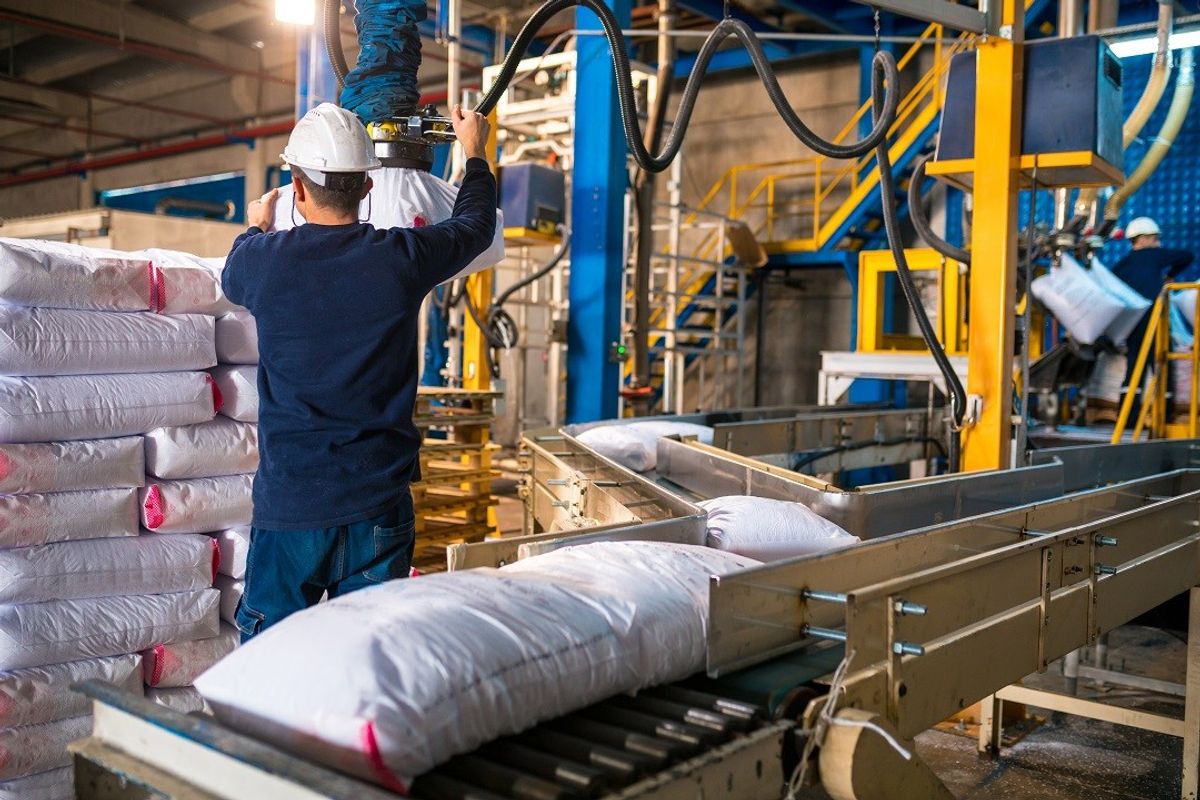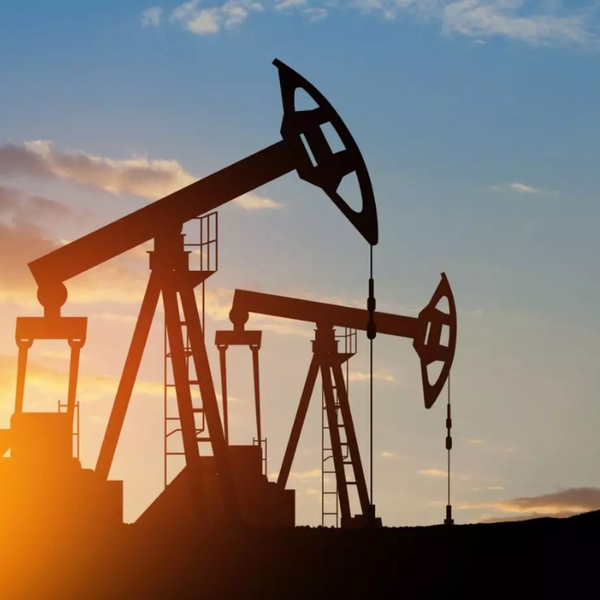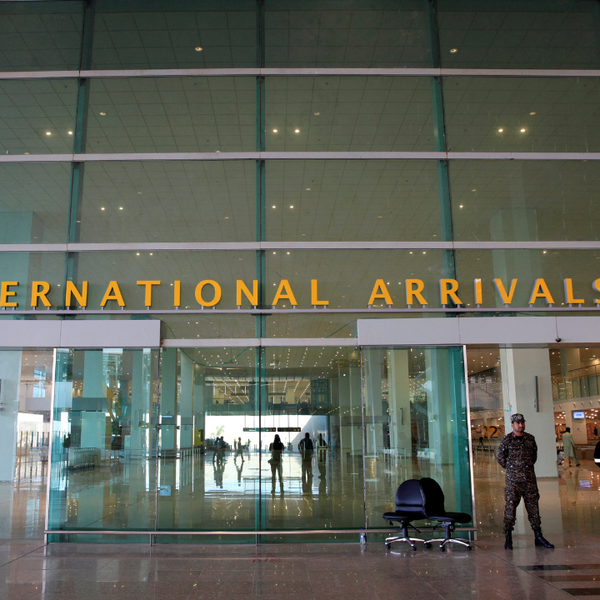Petroleum division instructed to remove pricing distortions in fertilizer sector
Sale price to plants should align with RLNG’s actual cost: Petroleum division

Shahzad Raza
Correspondent
Shahzad; a journalist with 12+ years of experience, working in Multi Media. Worked in Field, covered Big Legal Constitutional and Political Events in Pakistan since 2012. Graduate of Islamic University Islamabad.

Fertilizer Plant
Shutterstock
Pakistan's Federal Cabinet has directed the Petroleum Division to address distortions in gas pricing within the fertilizer industry.
Sources revealed that the Federal Cabinet, acting on the recommendation of the Cabinet Committee on Urea Price Stability, instructed the Petroleum Division to form a committee to determine the gas prices supplied to the fertilizer sector—particularly Fatima Fertilizer and Agritech plants—and to present proposals for eliminating pricing distortions.
Additionally, the cabinet directed the Petroleum Division to assess the opportunity cost of diverting RLNG, comparing the costs of not purchasing LNG cargoes versus the cost of importing urea. It also approved the continued supply of gas to Fatima and Agritech until June 30, 2025, under the existing arrangement without interruption.
Sources indicated that the Petroleum Ministry informed the cabinet committee that RLNG is being purchased at approximately PKR 3,400/MMBTU and sold to the two fertilizer plants at PKR 1,597/MMBTU. This price differential is absorbed in RLNG prices, leading to increased costs for the power sector and industries consuming RLNG. As a result, RLNG consumption has declined, creating a surplus.
Officials also noted that surplus RLNG results in packed pipelines, forcing gas field supplies to be curtailed to accommodate RLNG. The Petroleum Division stated that while it does not object to continuing gas supply to the fertilizer industry, the sale price should align with RLNG’s actual cost.
The Chair emphasized that if the two fertilizer plants were to shut down, sales revenue from RLNG consumption would further decrease, exacerbating the surplus issue with no additional off-take or sales.
The Petroleum Ministry further explained that it is already exploring options for deferring or diverting certain LNG cargoes within the provisions of existing LNG supply contracts to manage the LNG surplus and local field closures.
The Secretary of Industries informed the committee that, according to forecasts from the National Fertilizer Development Centre (NFDC), an inventory of 752,000 tonnes will be available by the end of March 2025. He presented two scenarios outlining production and inventory levels if RLNG-based fertilizer plants remain operational.
Tariq Bajwa, Special Advisor to the Prime Minister on Industries & Production, pointed out that the fertilizer pricing mechanism is imbalanced. In industries with abundant supply, the lowest-cost producer typically sets the price, but in the fertilizer sector, the highest-cost producer is determining prices.
The Managing Director of SNGPL stated that RLNG receivables have reached PKR 72 billion, while only PKR 28 billion has been recovered so far. At the current recovery rate of $0.57/MMBTU, it would take over a year to recover the full outstanding amount.
He added that the company has no option to halt gas supply to these fertilizer plants, as doing so would further reduce gas consumption and lead to pipeline congestion. He emphasized that the fertilizer industry must be involved in discussions about absorbing any gas price increases.
The Chair proposed that if there is a significant price difference between domestic urea and international prices, the government could explore exporting surplus urea while imposing levies on exports to offset the price differential in RLNG costs.
Bajwa further suggested that the only long-term and sustainable solution for stabilizing the fertilizer sector is shifting all fertilizer plants to the Mari network. He stressed that farmers have already suffered due to low produce prices and should not bear the burden of increased urea costs.







Comments
See what people are discussing